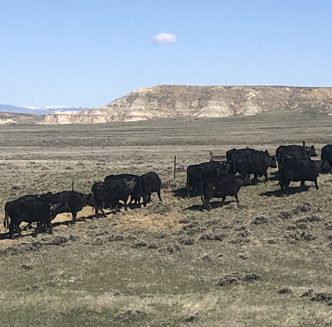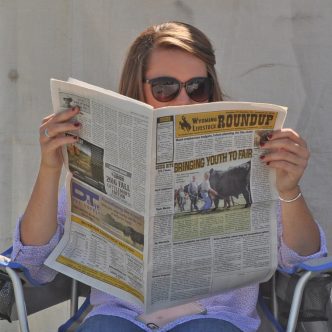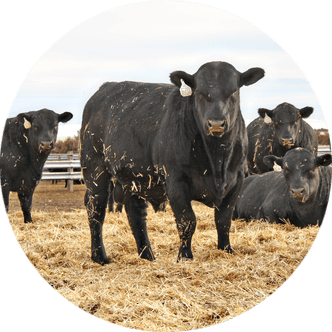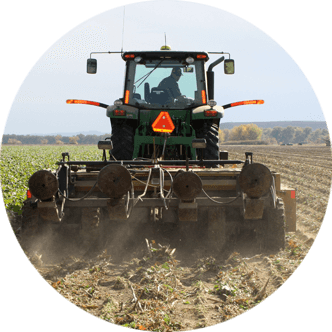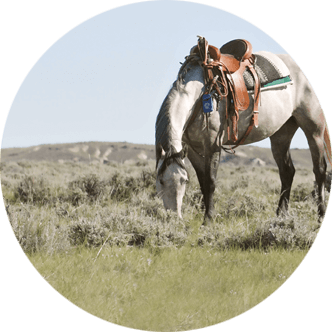Bouncing Barnyard Babies: Tips offered to ensure healthy babies this lambing and kidding season
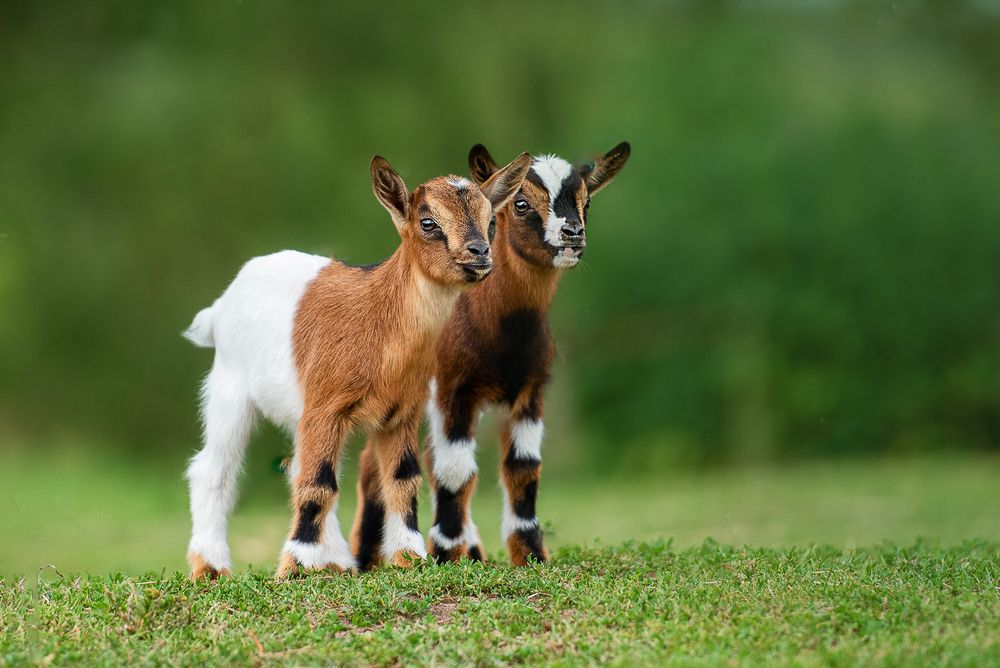
Lambing and kidding season marks the busiest and most important time of year for small ruminant producers, and by the end of May, many pasture and range flocks across the state of Wyoming have started welcoming – and likely welcomed – their newest members.
Success or failure during this time plays a huge role in the profitability of a flock, and the days and weeks following the birth of a lamb or kid is crucial to how they will perform for a lifetime.
In a Jan. 19, 2024 Dakota Farmer article written by Senior Editor Sarah McNaughton-Peterson, Montana State University Sheep and Wool Extension Specialist Brent Roeder notes, “A lot of livestock management with sheep and goats is knowing how to manage stress, especially when lambing or kidding. Knowing what to feed, when to feed, when to vaccinate, how to manage in cold weather and how to keep predators out are all things that play in to maximizing performance.”
Setting the stage
Setting the newest members of the flock up for success starts long before they are born.
In the days and weeks leading up to lambing and kidding season, producers should be sure jugs are clean, dry, warm and clear of any debris or traces of previous births.
Roeder notes the importance of avoiding overcrowded conditions, which can cause caprine arthritis encephalitis, ovine progressive pneumonia and ovine Johne’s disease, while also ensuring adequate ventilation, since poor ventilation can result in pneumonia. All of these things, according to Roeder, drain an operation’s long-term profits.
Experts agree it is also important to have essential supplies on hand. This includes gloves and OB sleeves, lubricants, a seven percent iodine solution, clean towels, umbilical tape or clamps and oral calcium and magnesium supplements, to name a few.
Administering CD/T vaccines to ewes a month before their expected due date has been shown to boost immunity of dams and their offspring.
According to Iowa State University Small Ruminant Extension and Outreach Specialist Carolyn Ihde, producers should also learn or refresh their knowledge on the three phases of parturition.
She explains phase one is known as pre-labor and includes dilation of the cervix and the onset of uterine contractions. This phase can last between 12 to 24 hours, and the ewe or doe may isolate from the flock, become restless, frequently lay down or get up, urinate or defecate often, paw at the ground, build a nest and have a warm udder.
Phase two is active labor, in which a water bag will appear, followed by a lamb or kid.
Normal presentation includes the two front feet forward with the head resting on top. Assistance may be needed for unnatural presentation or if no progress is made after 30 minutes of strenuous pushing, Ihde notes.
“Phase three, post labor, is the final phase, during which the fetal membranes and placenta are delivered, typically a few hours after the lamb or kid is born,” Ihde says. “After the lamb or kid is born, the dam will clean the offspring and encourage them to stand and nurse.”
Healthy beginnings
On this note, experts agree ingesting colostrum shortly after birth is one of the most important factors to an animal’s long-term success.
“Newborn lambs and kids can be exposed to unfamiliar bacteria and pathogens, putting health and future performance at risk,” reads an article published by Purina Animal Nutrition. “Nearly 20 percent of lambs die before weaning, with 80 percent of those losses occurring during the first 10 days of life. Research on kid pre-weaning mortality rates shows similar trends.”
Colostrum, however, is essential for equipping newborns with antibodies needed to fend off disease.
“Kids and lambs don’t receive immune support from their mothers while in utero, so feeding high-quality colostrum or colostrum replacer during the first hours of life are essential for long-term health and performance,” the Purina article reads. “Colostrum also contains high energy levels to help newborns stay warm and vitamins A and E to promote digestive and respiratory system development.”
Purina experts reiterate protection against disease hinges on quality and timing of colostrum ingestion and notes newborn lambs and kids should receive at least 10 percent of their body weight by 18 hours of age, at least one-half of which should be consumed four to eight hours after birth.
Proper naval care is also crucial, and Tri-State Veterinary Services LLC notes umbilical cords should be attended to within the first 30 minutes of life.
In its Feb. 5, 2024 article, the veterinary service notes if the cord is longer than four inches, extra length should be torn off with gloved hands or tied off with string and cut below the tie.
If the cord is bleeding, producers can use string, an umbilical clamp of their fingers to pinch it off until bleeding stops. However, it is crucial the instrument is clean.
Navals should be dipped in a seven percent iodine of cholorohexidine solution for 15 seconds. This should be repeated every 12 hours for two days, and the naval should be monitored for signs of swelling, discharge, heat or bleeding.
Roeder notes, “If you have a lamb that’s unthrifty, pot-bellied and/or kind of humpbacked, it’s a sign they have naval ill and the liver has some infection in it. There are a lot of products out there that are 2.5, three and five percent iodine, but to get the naval cured and blocked off, you need to use seven percent iodine dip.”
Early vaccinations are also important to mitigate health issues in young animals.
Tri-State veterinarians recommend administering two milliliters of a CD/T vaccination to lambs and kids at one week, four weeks, three months and four months of age.
Roeder also recommends keeping lookout for slimy mouth, which is caused by an E. coli infection in the animal’s lungs.
“We don’t really know how exactly they get it, but basically it starts out as a clear slime on the animal and as it progresses, they look like they’re drooling,” he explains. “You have to catch this one fairly early – within the first six hours or so – and the only way we have seen control with this condition is to orally administer Nuflor to the animal.”
Additionally, the vets at Tri-State recommend dehorning kids between five to 10 days of age and disbudding after 14 days to increase the likelihood of scur formation.
They also note castration for lambs or kids should be performed between four to six months of age to reduce the risk of urinary calculi obstruction in the future.
Hannah Bugas is the managing editor of the Wyoming Livestock Roundup. Send comments on this article to roundup@wylr.net.

